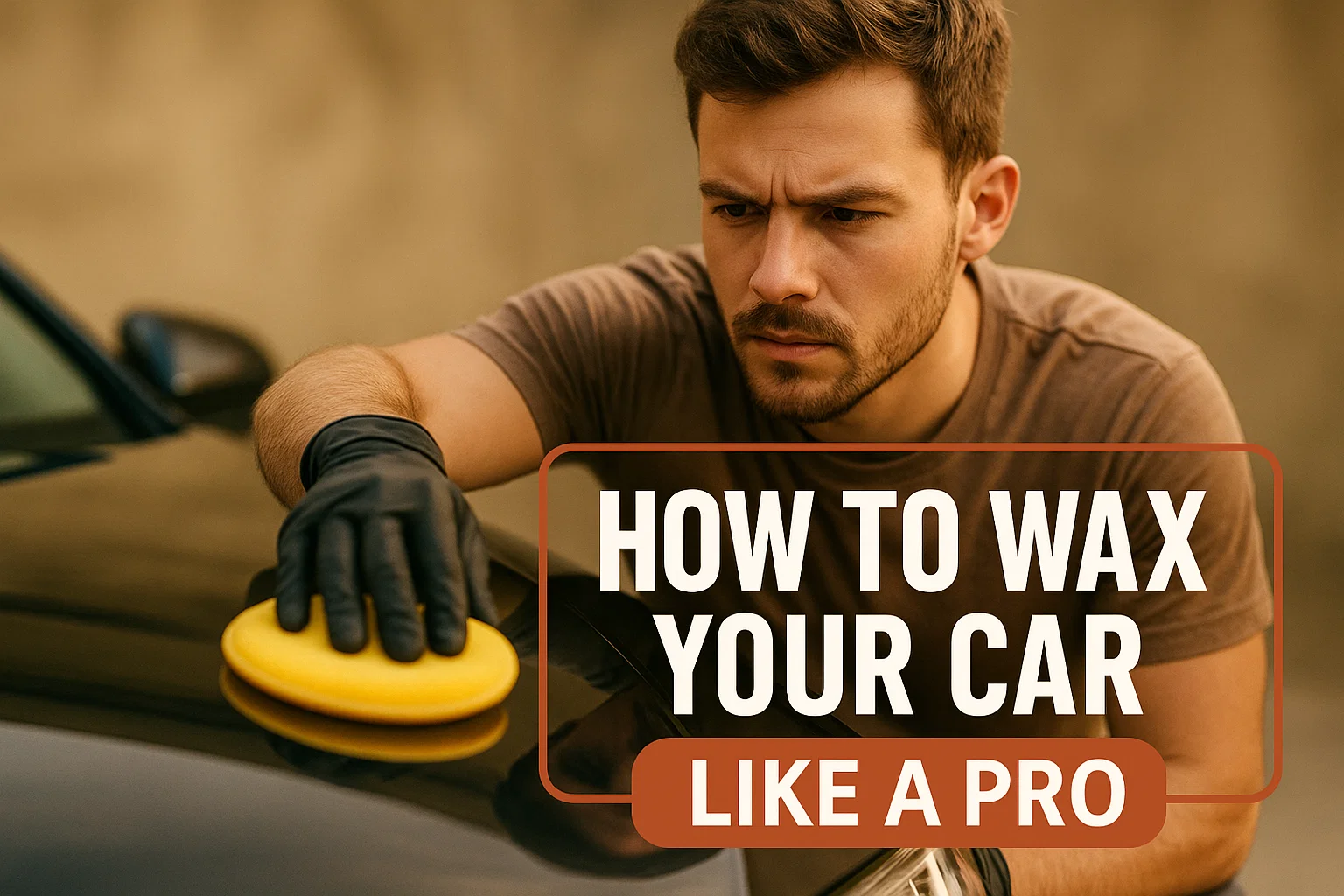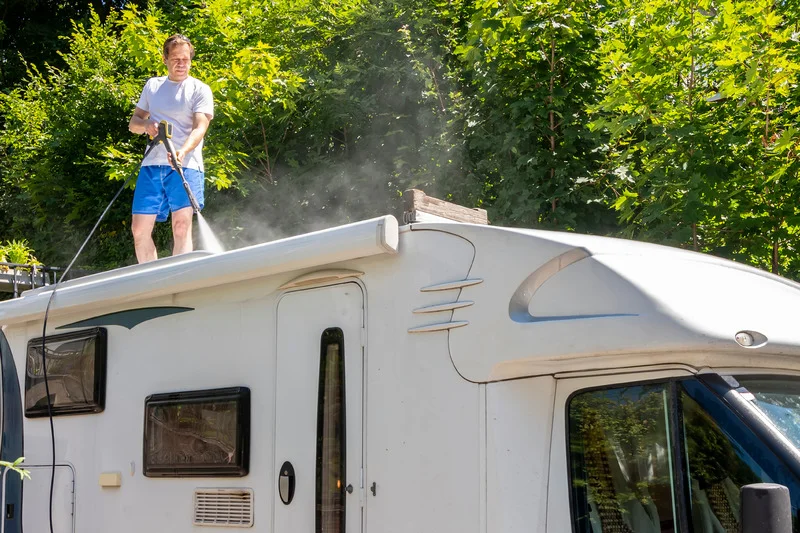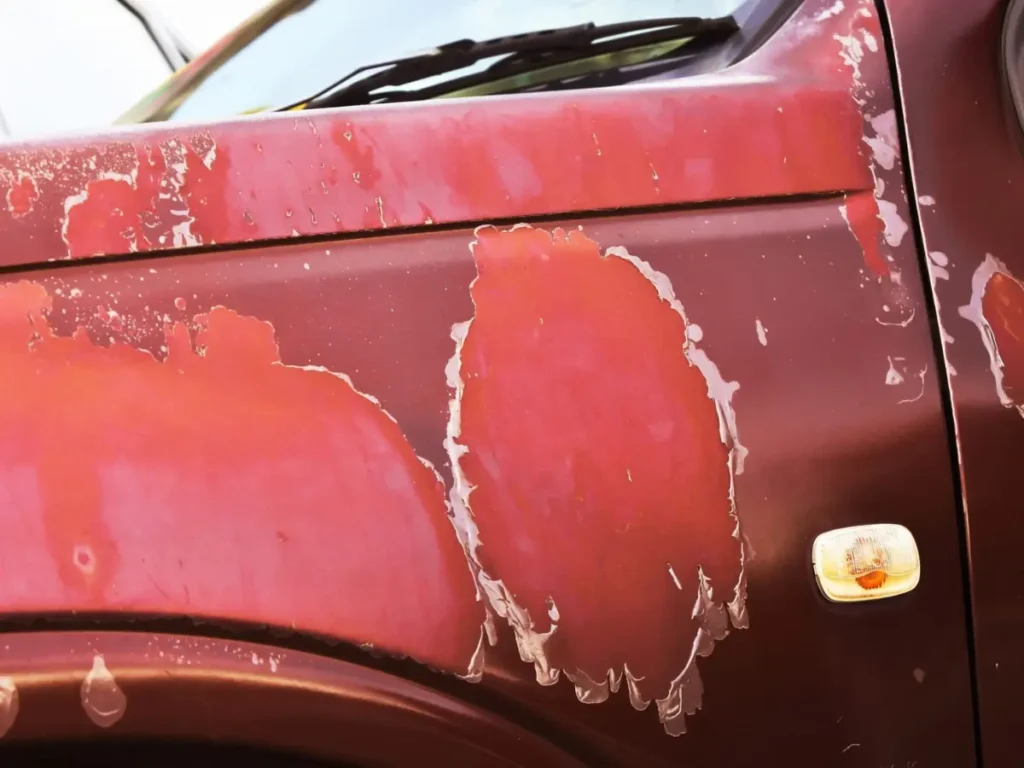When you wax your car, it’s not just because you want it to look good, waxing is extremely helpful in preserving your paint and helping it continue to look good for years to come. For colors much darker than black, a good wax job can also help mask light swirls and give the finish that deep, mirror-like reflectivity. Whether done by hand or with a machine, it can pay to take the time to do it right. This detailed how-to manual covers everything from prepping your car to the final buff — and includes answers to some of the questions you’ll no doubt have along the way.
Why Wax Your Car?
Wax acts like a shield to your paint. It’s good for protecting against harsh sunlight, water spots, road grime, and even those little scratches that seem to come out of nowhere. And, it also laments that nice gleam and depth of color in your paint, particularly for dark cars. If you want your car to catch the eye and stay cleaner longer, making a point to wax your car every once in a while goes a long way.
Regular waxing:
- Safe for paint to prolong paint longevity and resale value
- Easier to clean – Dirt and grime wipe away easily
- Minimizes swirls and minor imperfections
- Leaves a smooth, mirror-like finish
- Forms a water-repellant surface.
How to Wax a Car by Hand
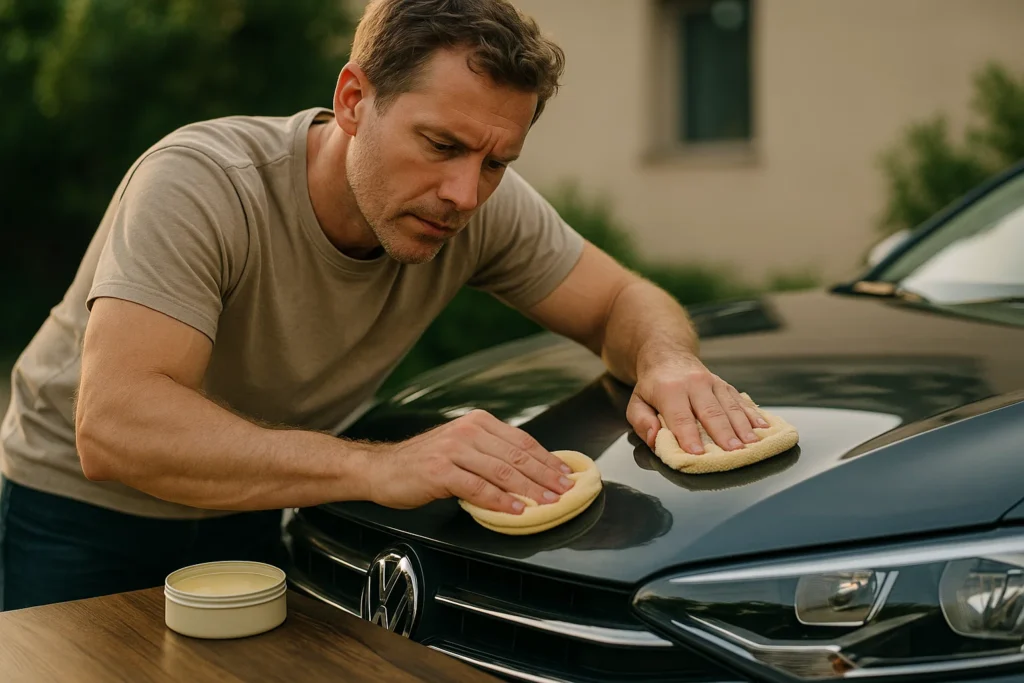
Hand waxing is a simple procedure. This is an in-depth and professional hands-on guide to waxing your car the right way by hand by hand, without requiring any machinery.
Prepare Your Car
- Clean your car’s surface completely with car wash soap to get rid of dirt, grime and old wax.
- Then dry the vehicles thoroughly using microfiber towels.
- To prepare the surface for the best results, you need to use a clay bar to make the car paint smooth.
Put Wax on the Applicator Pad
Apply a small amount of wax (a few liquid drops or a small dab of paste) to your foam or microfiber applicator pad. Less is more: You only need a light, uniform application.
Work in Small Sections
Beginning at the top, wax in a 2×2-foot section. Apply in a circular or crosshatch motion to apply the product to the paint evenly, using the entire width of the section.
Let the Wax Haze
Permit the wax to dry and haze over the paint for 5–10 minutes. When ready, the wax should feel a bit powdery; then it’s time to buff.
Buff Off the Wax
- Now, using a nice, clean microfiber towel, you can buff the hazed wax away with a circular motion.
- Turn or replace towels when they are soaked.
- And this is where that deep, polished shine comes out.
Move to the Next Section
Continue the process a section at a time until the whole car is waxed and buffed.
How to Wax a Car Using a Buffer
For quicker and more uniform coverage, many users opt for a dual-action car wax buffer:
- Prepare Your Car and Polisher: Bring your car to be washed and dried. Attach a clean foam pad and make certain it is centered on the buffer.
- Apply Wax to the Pad: Put a few dime-sized drops of wax spaced out on the foam pad.
- Spread the Wax on Low Speed: When you turn your polisher on, apply wax sparingly to a postage stamp-size area of the lens; this should not cause any splatter.
- Polish the Surface: Switch the buffer to low speed (3-4 print). Go over a small area, moving the polisher in overlapping crosshatch patterns (up/down and left/right) with light pressure.
- Let the Wax Haze: Let it sit for 5-10 minutes to dry to a haze.
- Buff Off Residue: Buff the residue with a clean microfiber towel until a clear, glossy finish appears.
- Repeat Until Complete: Repeat the process until you get the required results.
Car Wax Types and Approximate Prices
| Type of Car Wax | Description | Price Range |
| Carnauba Wax (Paste/Creme) | Natural plant-based wax, delivers rich, warm gloss | $15 – $65 |
| Synthetic Wax (Sealant) | Made from polymers, long-lasting and user-friendly | $7 – $75 |
| Hybrid Wax | Blend of carnauba and synthetic for balance of benefits | $15 – $70 |
| Ceramic Wax/Hybrid | Contains SiO2/ceramics, highest durability and shine | $10 – $75 |
| Spray Wax | Quick and easy, lighter layer of protection | $7 – $45 |
How often should to wax your car?
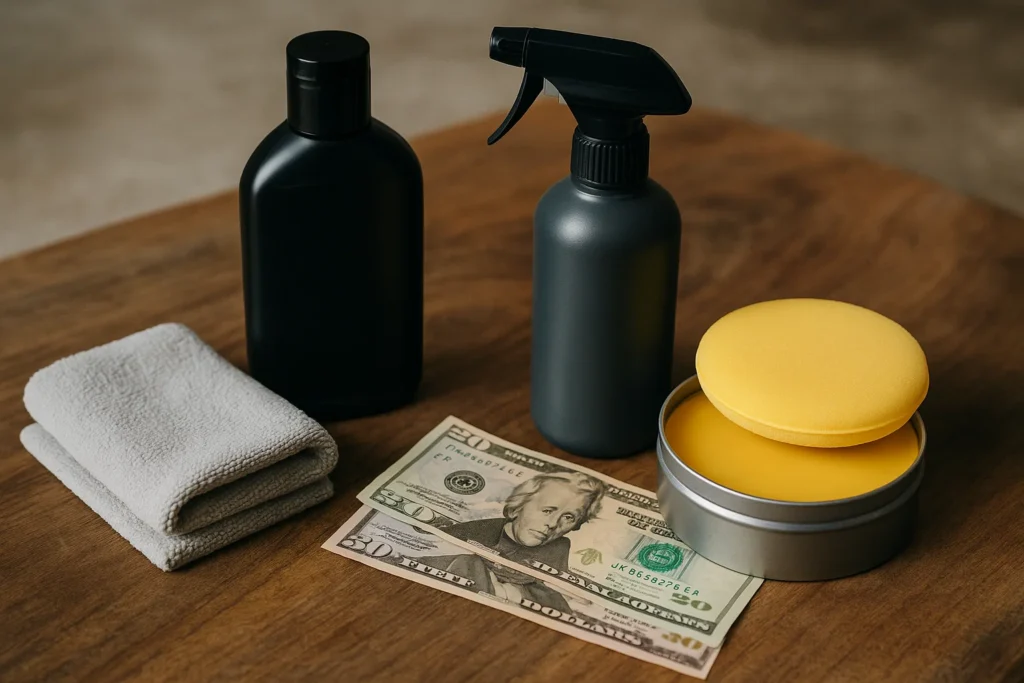
- Waxing frequency is affected by factors such as climate, use, and garage storage.
- Usually, waxing a car once every 3 months is recommended to maintain protection and shine.
- Synthetic sealants can have greater longevity in terms of application, and natural waxes may require more frequent reapplication.
Tips for Waxing Black Cars
- Always clean a decontaminated surface to prevent dirt from being pushed around and scratching.
- The wax you always want to be applied very thin as you want to avoid streaking and inconsistent curing.
- For a deeper and warmer shine, use a high-quality carnauba wax or a hybrid wax specially formulated for black cars.
- Generally speaking, don’t wax your car in the sun or you’ll run the risk of premature drying and water spots.
- Buff it off lightly, yet completely, in a stroke so there is no overage that leaves the finish looking dull.
Conclusion:
Applying a good coat of wax to your car will not only make it shine but can also protect your paint from ugly swirls. Whether you’re applying by hand or with a buffer, the secret is in the preparation and application, and not overbuffing too quickly. With black cars in particular, wax brings out the depth and shine, camouflaging blemishes and creating your car’s sexy, wet persona with a sleek reflective clarity. Regular waxing certainly makes the car look better but it also benefits from added protection. And the longer your paintwork looks new, the less you need to spend renovating it down the track.
Ready for a Pro-Level Shine? Let Izzy Auto Detailing Co. Handle It!
Frequently Asked Questions (FAQs)
No, don’t wax in the sun. Waxing in the sun can cause the wax to dry too quickly, causing streaking and making the wax difficult to buff. Wax only in the shade or on a cool, cloudy day.
Hand waxing is slower but more controllable, it’s for smaller areas & beginners. Buffers move wax on more quickly and are more consistent for bigger cars but take some practice to prevent harming.
Apply a thin, even layer. When you have too much wax on the pad, the could cause streaks and waste product. Just a few drops on your applicator ‘s enough for a 2×2-foot area!
Sealants offer extended protection, but some car owners actually prefer waxing for the warmer, yet deeper, gloss that wax offers, especially black cars. Most people do a mix of the two for the best results.
Wax isn’t going to take out deep scratches, but it will fill and camouflage light surface imperfections and minor swirl marks, leaving behind an overall improved look.

